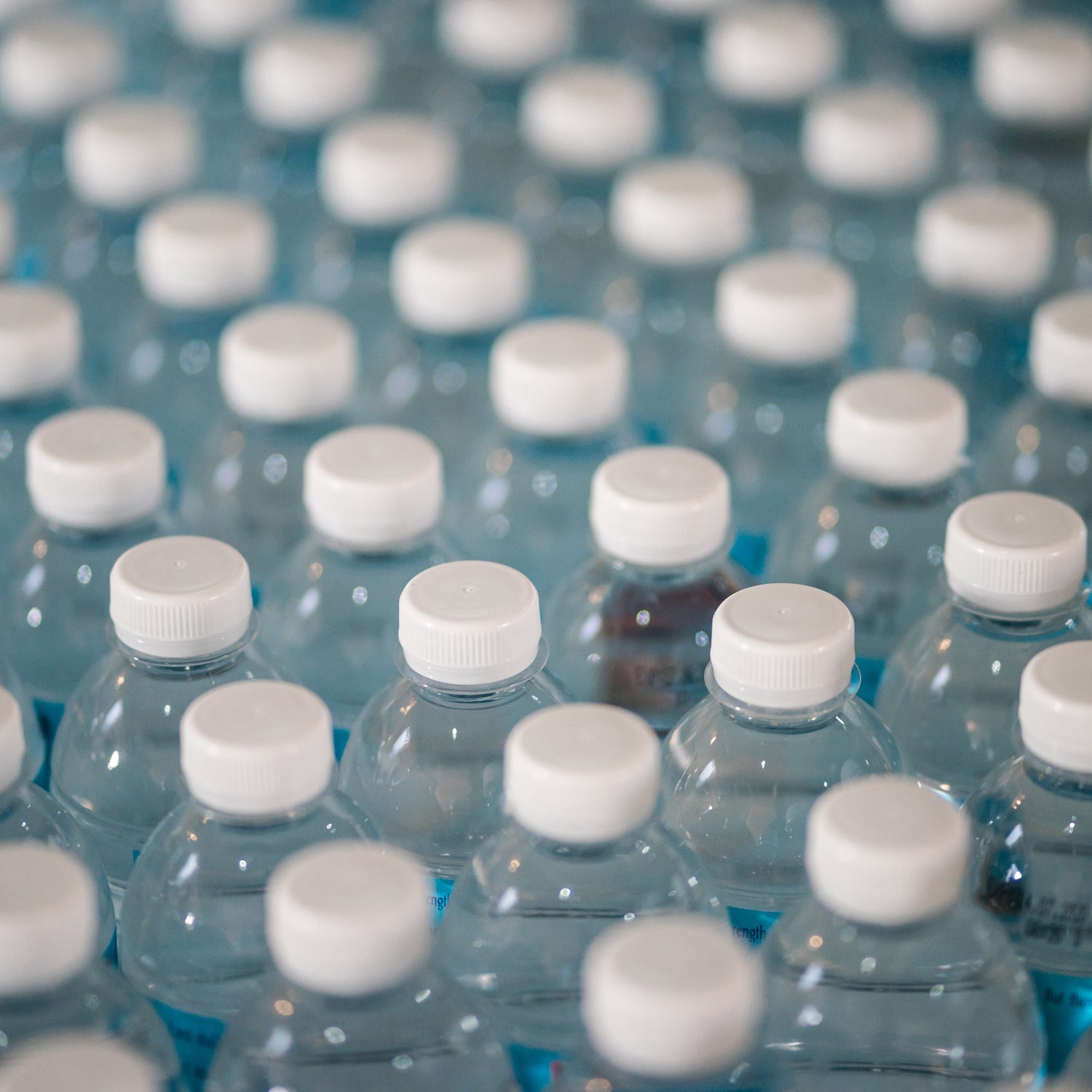The full impact that plastic has had on the environment, wildlife, and humans, has not yet been determined. What we have discovered so far is startling and, in recent years, most of us have valiantly undertaken to fight in the war against plastic. Our efforts are usually exhausted by sharing anti-plastic rhetoric over social media, reducing use through personal initiatives such as using re-usable shopping bags, not buying bottled water, and diligently cleaning and recycling the plastic packaging almost all of our products come in. What has become apparent, though, is that many of us do not understand what plastic is, how it is recycled, and what the hell those numbers in the middle of recycle triangles mean. Luckily, we have some of the answers and are about to share a couple of facts you probably didn’t know about plastic.

Photo Cred: Jon Tyson / Unsplash
Like any good Netflix docu-series on a famous serial killer, we will start with plastic’s childhood. It is important to understand what plastic is and if its infancy produced any hints of the destruction it would cause as an adult. The first synthetic plastic was invented in 1869 but it wasn’t until almost a century later that we would come to meet plastic as we know it today. In 1951, two young research chemists discovered polypropylene and polyethylene which are now used to produce the vast majority of the thousands of plastic products all over the world. Where does polypropylene and polyethylene come from? Petroleum. Petroleum is a fossil fuel and the mass production of plastic is depleting the Earth’s reserves. At the very least, then, we can conclude that plastic has a shady past and, at a push, we could infer it was destined for trouble.

Photo Cred: Dominik Vanyi / Unsplash
Many will forgive plastic’s rocky start in life because of a belief that it is infinitely recyclable. It is comforting to think that it may have been born of petroleum but, through recycling, we should never have to produce more. This is wrong. The recyclability of plastic depends on a number of factors and it is important to know that there are some plastic products that are never recyclable. This includes plastic bags, straws, and most take-away coffee cups.
The recyclability of a plastic product is usually dependant on two factors: the market and the city government. If there is a demand in the market then recyclers will pay for your post-consumer recyclables. If there is no demand, and thus no money to be made off the plastic, it is not worth recycling and will end up in landfill. More often than we want to believe, this is the reality because consumers cannot resist the higher quality of brand new plastic. This is where the government steps in. Government regulations create market opportunities for companies to recycle legally mandated products. Every municipality is different and it is worth checking what your city actually recycles before throwing away.
Regardless of market demand or government policy, there are multiple different types of plastics which often require specialist treatment. To simplify things for the consumer, a global classification of plastics has been developed. Plastics are now classified into seven categories and, ironically, not many of us have a clue what each category means. If you want to understand each category in depth then check out this article. For present purposes, it is important to know that not all seven categories of plastic are recyclable. In fact, many are not.

Photo Cred: Gary Chan / Unsplash
The hoops that plastic needs to jump through to be recycled does not end there. Dirty plastics cannot be recycled. It is thus imperative that all recyclable plastic is thoroughly cleaned before being thrown away or it will likely end up in landfill. It is also a myth that plastic can be infinitely recycled. Every time plastic is recycled, its quality decreases. It is accepted that plastic can only be recycled about two to three times before the quality has diminished to the point where it is longer possible to use. Once plastics reach this point, they will end up in landfill.
Plastic has gone from hero to villain in a short space of time. It has caused immeasurable damage in only 70 years of existence and its vilification may have come too late. If we truly want to solve the crisis, reliance on recycling is not enough. Most plastics will never be recycled, and, the ones that will, are destined for landfill too. The answer is to reject virgin plastic outright in all that you do while looking for ways to reuse rather than recycle old plastics.





